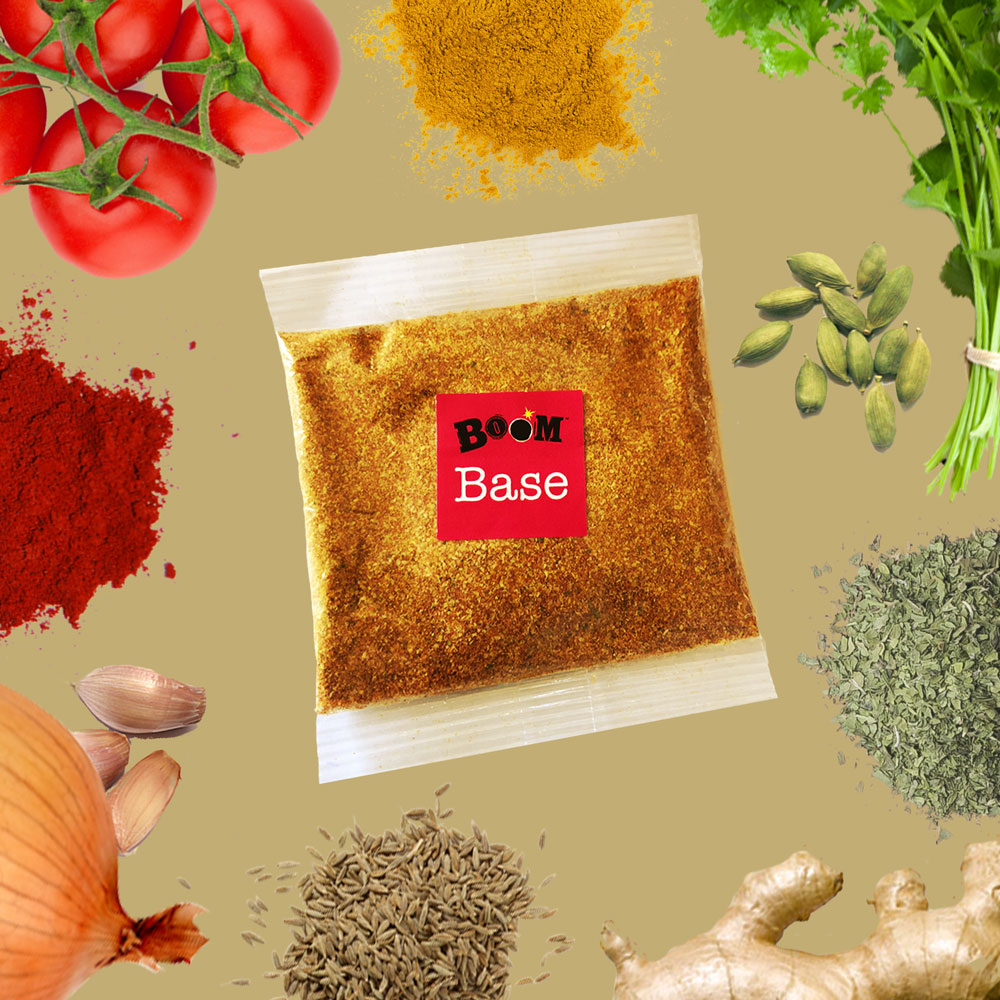As Fatboy Slim said we've come a long, long way together! Join us for a whistle stop tour of the last 800 years of curry.
14th Century - Richard II’s chefs document a recipe for a spicy stew using a spice mix not a million miles away from today's garam masala
Richard II’s chefs had a recipe for a spicy stew that used a spice mix that was not a million miles away from today's garam masala featuring black pepper, cinnamon, ginger and cloves.
The recipes for 'powder-douce' and 'powder-fort' — 'sweet' and 'strong' blends of ground spices are recorded in 'The Forme of Cury', a collection of medieval recipes from the 14th Century. Unfortunately the name 'Frome of Cury' isn't a tribute to our much loved dish. It essentially means 'the method of cooking' with the word cury an Anglicisation of the medieval French 'cuire' - to cook.
15th Century - Portugal's Vasco De Gama introduces chillies to India
Portugal’s answer to Marco Polo, ‘Vasco De Gama’ introduces chillies to the Indian Continent via the Americas.
16th Century - Goans create the vindaloo inspired by a Protuguese dish
Goans create the Vindaloo - their interpretation of a Portuguese recipe for meat marinated in wine.
17th Century - East India Company established creating trading routes between Britain and India
The East India company is established. Early trading between Britain and India is a little one sided in India's favour. The prevailing trend sees Brits buy in Indian textiles with British silver going in the opposite direction. Spice is a key commodity for the East of India company but is predominantly traded with countries to the east of India.18th Century - first curry recipe published in a British cook book, ‘The Art of Cookery Made Plain & Easy’ by Hannah Glasse
East India Company pretty much rule India exercising military rule and assuming administrative functions.
Back home some curry firsts indicate the curry is making roots:
- first curries served in restaurants
- first curry recipe published in a British cook book, ‘The Art of Cookery Made Plain & Easy’ by Hannah Glasse
- first advert for curry powder
19th Century - Nationalisation of East India Company brings in British Raj era. The Jalfrezi is born as Indian chefs spice up left overs from expat Sunday roasts by stir frying meat with chillies and onions.
At the turn of century the East India Company’s private army consists of 260k men, twice the size of the British army.
Spice imports strengthen - Turmeric imports triple between 1820 and 1840.
Nationalisation of East India Company brings in British Raj era. Queen Victoria’s penchant for all things indian boosts popularity of curry.
The Jalfrezi is born as Indian chefs spice up left overs from expat Sunday roasts by stir frying meat with chillies and onions.
20th Century - Urban legend credits chef Ali Ahmed Aslam as creator of the Chicken Tikka Masala. Ali is said to have improvised a sauce with tomato soup, yogurt and spices in an attempt to appease a disgruntled Glaswegian bus driver.
Partition of India in 1947 ends raj era, entrepreneurial immigrants fuel boom in indian restaurants.
Urban legend states a bus driver complaining of dry chicken at the Shish Mahal restaurant in Glasgow's West End sparks the invention of the Tikka Masala. Chef and proprietor Ali Ahmed Aslam is said to have improvised a sauce by mixing tomato soup with yogurt and spices. On sending back to the table the dish was met with rave reviews, earning the Chicken Tikka Masala a permanent place on the menu in the Shish Mahal and later a place in the hearts of a nation.
A lovely story, but the truth is the origin of the dish is not 100% certain. The origins of the dish are most likely rooted in the South Asian, Bangladeshi community in Britain. The Multicultural Handbook of Food, Nutrition and Dietetics credits its creation to Bangladeshi migrant chefs in the 1960s, after migrating from what was then East Pakistan (now Bangladesh). At the time, most of Britain's Indian restaurants were owned and run by Bangladeshi chefs, who developed and served a number of new 'Anglo-Indian' dishes, including chicken tikka masala. Food Historians Peter and Colleen Grove explored the origin of the chicken tikka masala and various claims. They concluded the dish 'was most certainly invented in Britain, probably by a Bangladeshi chef'. They suggest 'the shape of things to come may have been a recipe for Shahi Chicken Masala in Mrs Balbir Singh’s Indian Cookery published in 1961'.
21st Century - Boom Kitchen is born as Brits become hungry to learn how to scratch cook the curries they've enjoyed for centuries!
Amidst a back lash against overly sugared and salted jars of curry sauce Boom Kitchen is born as Brits seek a healthy portion of culinarily adventure and convenience.Boom Kitchen is buoyed by the growth of internet retail that allows them to send their dried curry ingredients including; stocks, spices, chillies and coconut, direct to customers through the post.

